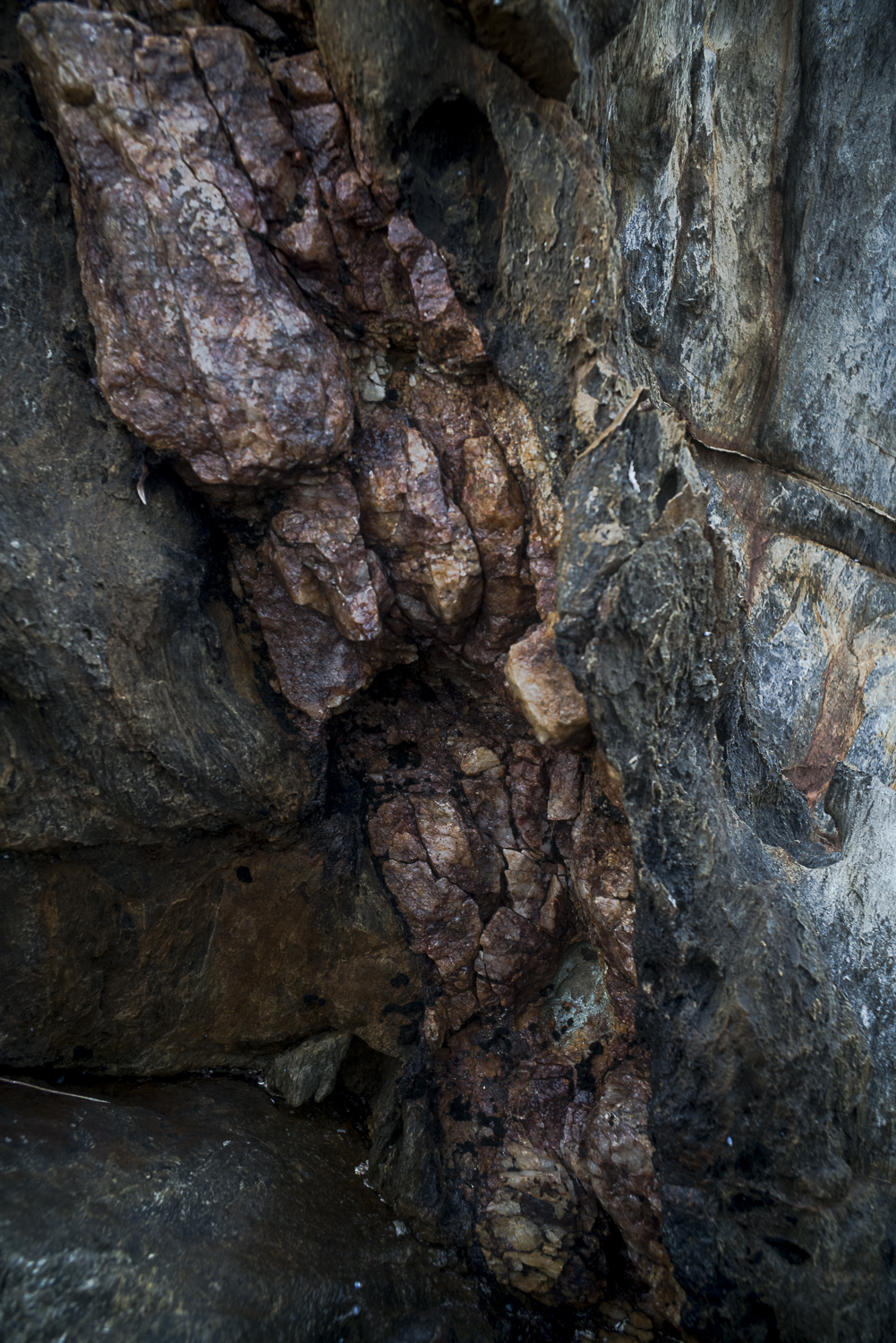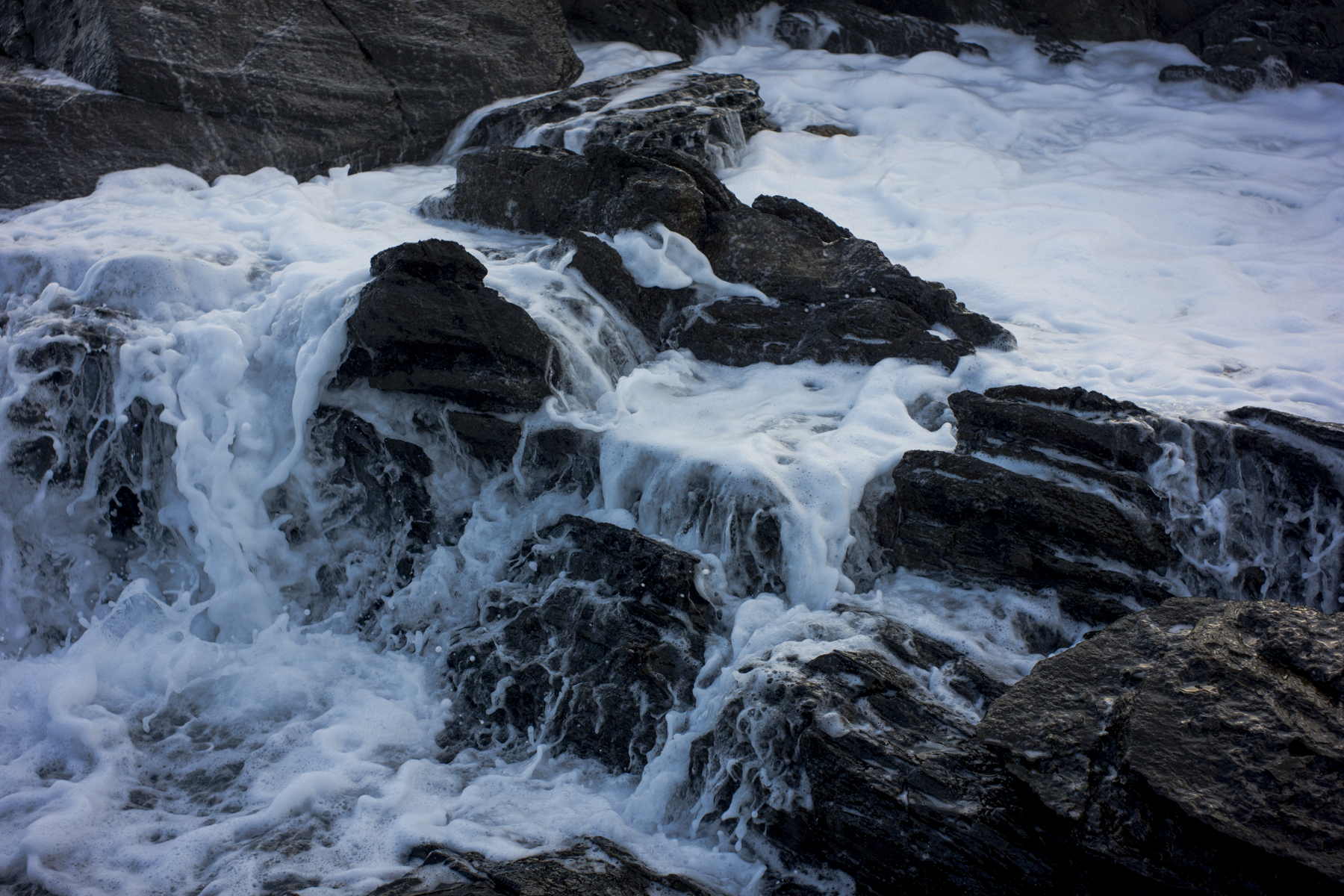It is now autumn in South Australia and I am very slowly adjusting back to the bleak, dry landscape of the Fleurieu Peninsula after my brief but enjoyable sojourn briefly walking Wellington, New Zealand. I flew over at short notice to participate in Photobook/NZ and to link up with, and re-join, PhotoForum.
For better or worse South Australia is where I have made my home, and the coastal landscape of the southern Fleurieu Peninsula is, to all intents and purposes, my photographic backyard.

This is where a body of work —The Littoral Zone—is gradually evolving from walking through and exploring the ever-changing interface or habitat between the land and the sea along this particular coastline.
It is ever-changing because the littoral zone is the area of the foreshore that is exposed to the air at low tide and submerged at high tide–the area between the tide marks. It is characterised by granite, different types of seaweed brightly coloured (hermit?) crabs, and rock pools inhabited by small fish.

I prefer the low tide since it opens up a greater intertidal space for me to explore photographically what Georges Perec termed the infraordinaire, by which he meant an everyday that that is neither ordinary nor extra-ordinary, neither banal nor exotic. He says:
How are we to speak of these ‘common things’, how to track them down rather, how to flush them out, wrest them from the dross in which they remain mired, how to give them a meaning, a tongue, to let them, finally, speak of what is, of what we are.
This concept of the infra ordinary refers to what is continually missed; what we generally don’t notice; what doesn’t call attention to itself; that which is of no importance. Such as a bit of seaweed scattered amongst the granite rocks in the intertidal zone.

